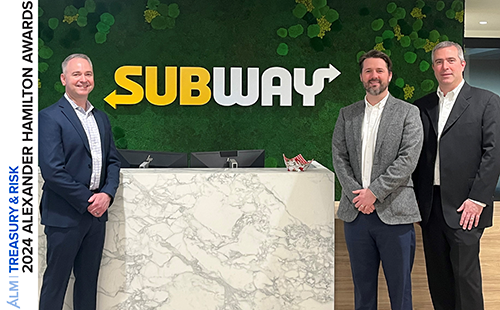NU Online News Service
The years of dominance enjoyed by off-shore captive domiciles may be coming to an end as more captive formations move onshore into the United States and Europe, says a report from the Insurance Information Institute.
In an update to its research of alternative risk vehicles on Thursday, I.I.I. says more than half of captive formations in 2011 were located within the European Union and the United States, increasing the total of onshore domiciles from 35 percent in 1991.
Two of 2011's top five captives were onshore, with Vermont's 590 active captives coming in third to the 862 located in Bermuda and 707 located in Cayman.
Guernsey, an onshore captive domicile with 343 captives was fourth and Barbados, an off-shore domicile, rounded out the top five with 270 captives.
In Europe, Guernsey was the largest domicile with 343 captives in 2011. Luxembourg was second (242) followed by the Isle of Man (133), Dublin (101) and Sweden (49).
In the United States, a number of states have passed laws permitting the formation of captives, with Oregon being the most recent to open to single-parent (set-up by an individual company), association and reinsurer captives since July.
In June 2011, Tennessee passed legislation enabling captives to write workers' compensation insurance policies and permitting protected-cell, branch and special-purpose finance operations. The state hopes to boost its captive circulation since it dropped to four in 2010.
In July 2012, Connecticut licensed Thomson Reuters Risk Management, Inc., as its first captive insurance company. The risk management vehicle of Thomson Reuters had moved from its location in Delaware, but Connecticut's jobs legislation revisions expanded the types of insurance transactions permitted by captives.
Vermont is the largest U.S. captive domicile followed by Utah (239), Hawaii (172), South Carolina (159) and the District of Columbia (157).
A.M. Best said that in 2011, 209 U.S. captive insurance companies saw a net income decrease of 21 percent pertaining to underwriting income, net investment income and realized capital gains, casting some uncertainty on their financial health. The survey attributes this to a continuing soft market, low investment yields and a sleepy worldwide economy. However, single-parent captives outperformed the commercial market that year in profitability.
A regulatory issue of concern in Europe arises under Solvency II. The regulations could boost regulatory capital requirements for EU's captives by up to 400 percent when it is implemented between 2013 and 2014. In the European Union, captives in one domicile are allowed to be admitted into another within the EU. However, under the proposed Solvency II rules, it is not yet evident if a captive owned by an EU business or associattion, but domiciled outside of the EU, will have regulatory equivalence.
Complete your profile to continue reading and get FREE access to Treasury & Risk, part of your ALM digital membership.
Your access to unlimited Treasury & Risk content isn’t changing.
Once you are an ALM digital member, you’ll receive:
- Thought leadership on regulatory changes, economic trends, corporate success stories, and tactical solutions for treasurers, CFOs, risk managers, controllers, and other finance professionals
- Informative weekly newsletter featuring news, analysis, real-world case studies, and other critical content
- Educational webcasts, white papers, and ebooks from industry thought leaders
- Critical coverage of the employee benefits and financial advisory markets on our other ALM sites, PropertyCasualty360 and ThinkAdvisor
Already have an account? Sign In Now
*May exclude premium content© 2025 ALM Global, LLC, All Rights Reserved. Request academic re-use from www.copyright.com. All other uses, submit a request to [email protected]. For more information visit Asset & Logo Licensing.





